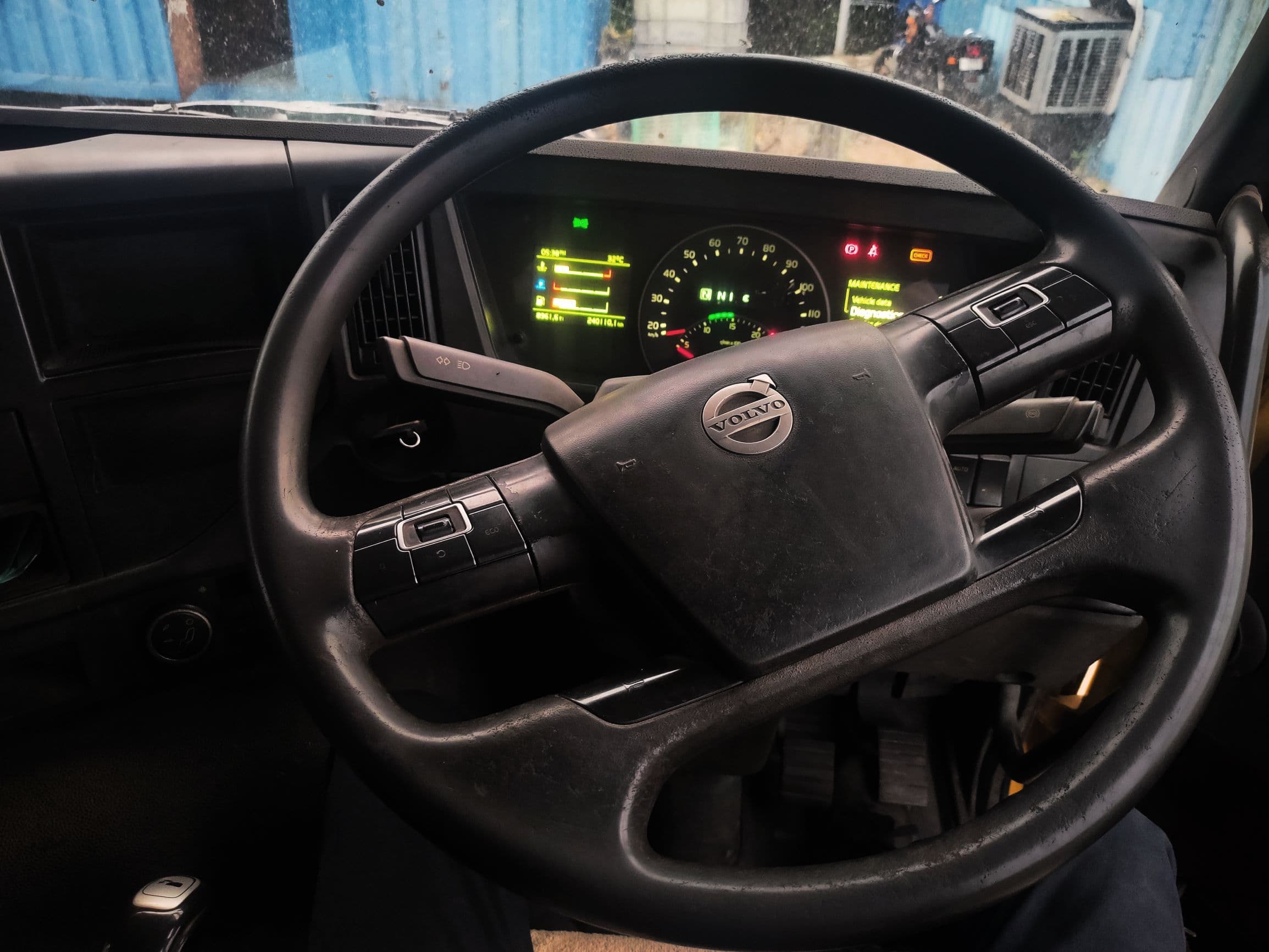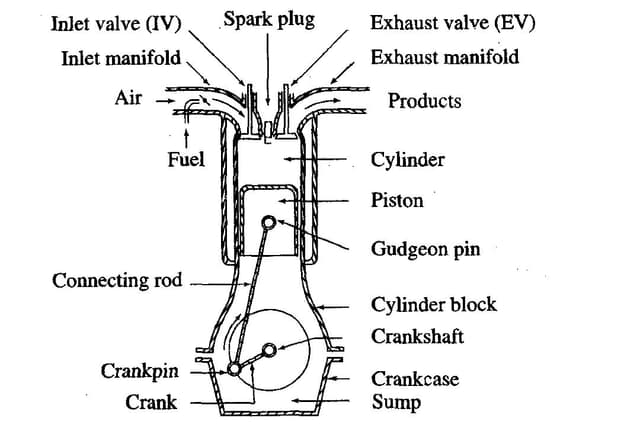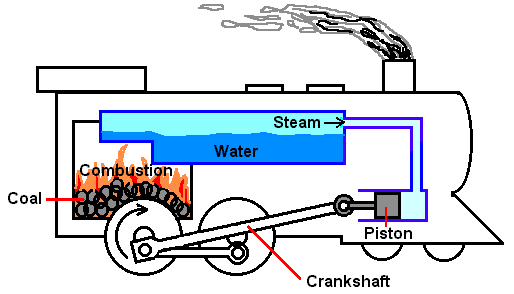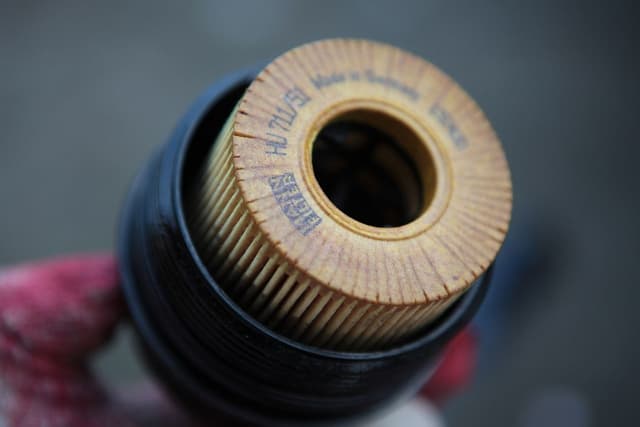Power steering
The Power Behind Your Steering Wheel

Bablu Yadav
Posted in Automobile Engineering
.
Introduction
Power steering is a very interesting component in modern vehicles, greatly providing easy and comfortable driving specially in heavy duty vehicle which has a bigger wheels. It has revolutionized the way we see our cars, offering convenience and control, particularly in low-speed steering and handling a heavy vehicles. In this blog post, we will get knowledge about the mechanics of power steering and also learn the inner workings that make steering effortless.
The need of Power Steering
Before the adoption of power steering, drivers had to depend on their physical strength to turn the steering wheel. This was particularly challenging in larger vehicles, such as trucks and buses, often resulting a lot of energy loss , especially during parking or sharp turns. The invention of power steering aimed to reduce this physical pressure and enhance the overall driving experience.
How Power Steering operates
Power steering systems, whether hydraulic or electric, are designed to assist drivers in turning the steering wheel with minimal effort. Two primary types of power steering systems are commonly used: hydraulic power steering (HPS) and electric power steering (EPS). Let's ho deep into the inner workings of each of these systems:
1. Hydraulic Power Steering (HPS)
- HPS systems depends on hydraulic fluid to work. Here's an overview of their functioning:
- A pump, which is driven by the engine, pressurizes hydraulic fluid (commonly known as power steering oil or fluid).
- This pressurised fluid is then directed to the power steering gearbox or rack and pinion.
- When the driver turns the steering wheel, the pressurized fluid assists in turning the wheels in the desired direction, significantly reducing the physical effort.
- The level of assistance provided varies based on factors such as vehicle speed and the force applied to the steering wheel.
2. Electric Power Steering (EPS)
EPS systems works on an electric motor to deliver steering benifits. Here given the steps of their operation:
- Sensors continuously monitor the driver's input via the steering wheel.
- Based on these input signals and the vehicle's speed, an electronic control unit (ECU) sends commands to the electric motor.
- The electric motor then applies torque to the steering shaft, facilitating wheel movement in line with the driver's intentions.
- EPS (electric power steering)systems are energy-efficient since they provide assistance only when needed, while HPS(hydraulic power steering)systems that operate continuously with the engine.
Advantages of Power Steering
Reduced Effort
Power steering significantly minimizes the physical effort required to turn the steering wheel, leading to enhanced driver comfort and reduced fatigue.
Enhanced steering
It simplifies navigating through tight parking spaces, creating sharp turns and controlling the vehicle, particularly at low speeds.
Improved Safety
Power steering supports in vehicle stability and control, ultimately enhancing road safety.
Conclusion
Power steering stands as a fundamental feature of present vehicles, reshaping the driving experience by offering effortless control and superior movability. Whether through the hydraulic power steering found in numerous older models or the electric power steering increasingly prevalent in modern vehicles, this innovation continues to elevate driving comfort and safety for individuals worldwide.




